Abandoned Nguyen Dynasty relic atop Hai Van Pass gets back into shape

Standing on top of the Hai Van Pass that separates Thua Thien-Hue Province and Da Nang City, the Hai Van Gate is about 490 meters above the sea level.
It was constructed in 1826 during the reign of King Minh Mang (1791-1841), who ordered the construction of several defensive structures along the pass to protect the imperial capital of Hue. The structures included fortifications, store houses and cannon forts.
The gate used to be dubbed as ‘pharynx’ of the Hue Imperial Citadel.
However, it stood abandoned for over 20 years until 2017, when the government recognized Hai Van Gate as a national relic, prompting authorities in Hue and Da Nang to join hands for a major renovation project.

Renovation work on the gate began in December last year.
The gates doors will be repaired based on the original architecture and its walls built with terracotta bricks.
Some structures used during the wars against France and the U.S. will be kept for the purpose of preserving their historical value.

Construction workers have been working from dawn to dusk to complete the project on time.
Between 1945 and 1975, many military constructions sprang up here for soldiers to guard the north-south arterial road, including fortifications and storage depots.

A moss-covered stone wall to the right of a door is being preserved.

Due to the impacts of recent storms, construction work had to be put off for many days.
Hai Van Pass, said to be one of the world’s most beautiful drives, has been seriously damaged by erosion over the past three weeks with tons of soil and rock sliding down, disrupting traffic in many sections.

A side gate with a view of the Hai Van Pass has been rebuilt based on the original architecture.

A walking path inside Hai Van Gate is made of stone. Trees are being planted to return greenery and shade to the site.

Foreign tourists go up a path leading to the Hai Van Gate that is under restoration.
The Hai Van Pass cuts through the Bach Ma mountain range and lies 500 meters above sea level.
For years now, the pass has been a popular tourist attraction. Foreigners visiting Hue, Da Nang and Hoi An also want to visit the Indochina-era Hai Van Gate and the remains of several French fortifications apart from exploring the beauty of the Lang Co Beach.

A construction manager asks foreign tourists not to enter the area inside the gate as work is still underway.

An illustration of the restored Hai Van Gate.
The renovation work, estimated to cost VND42 billion ($1.68 million), is expected to be completed next June.



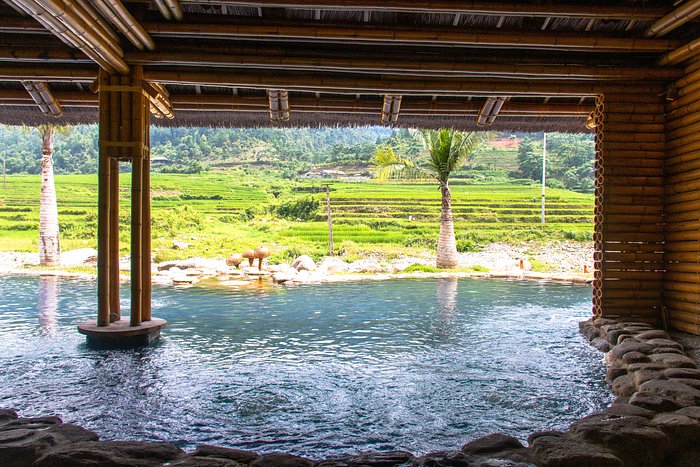

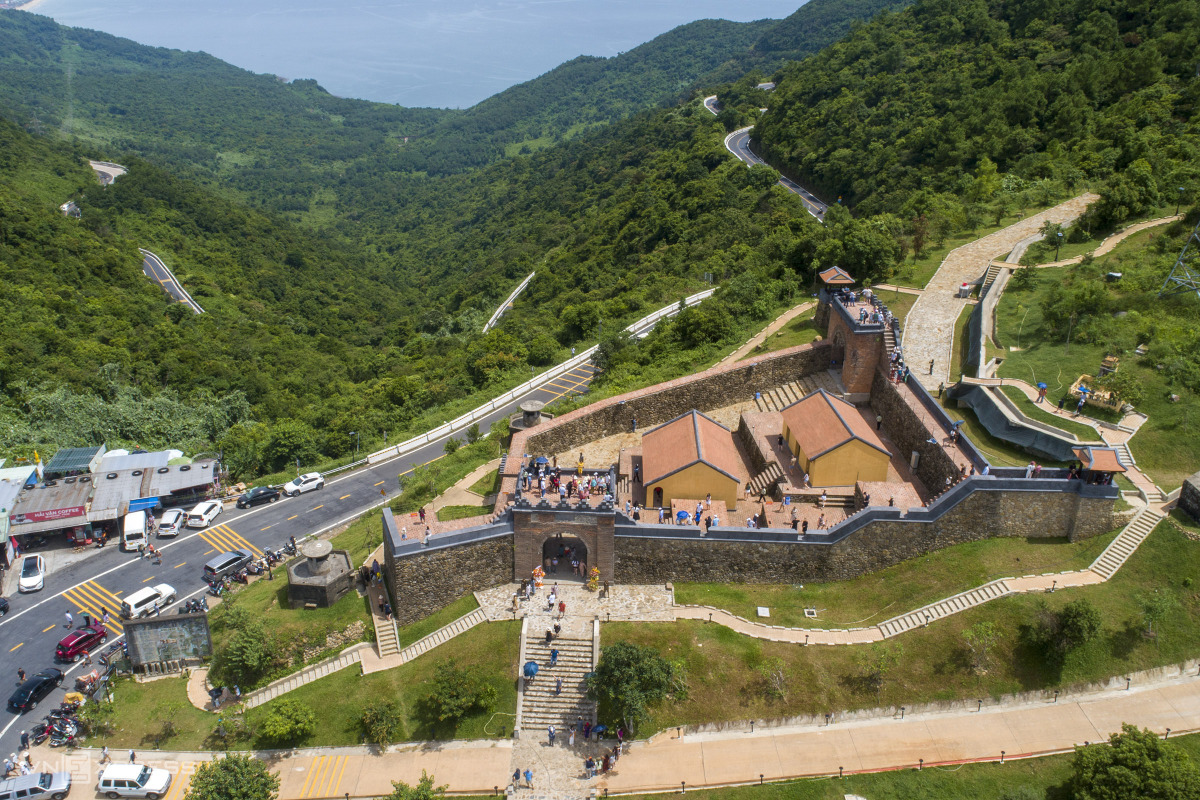

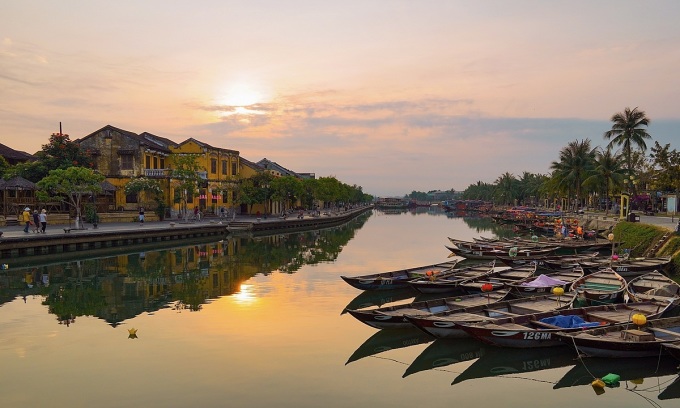
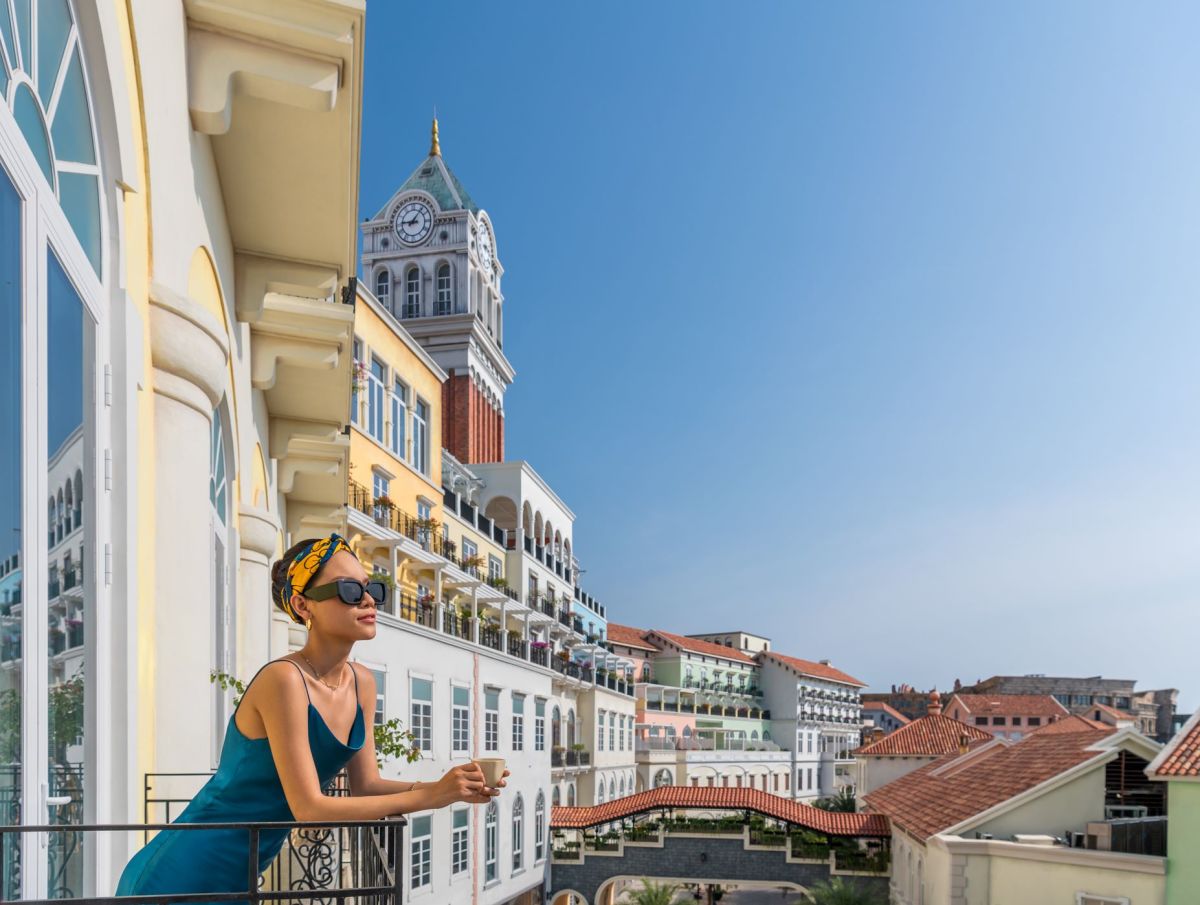
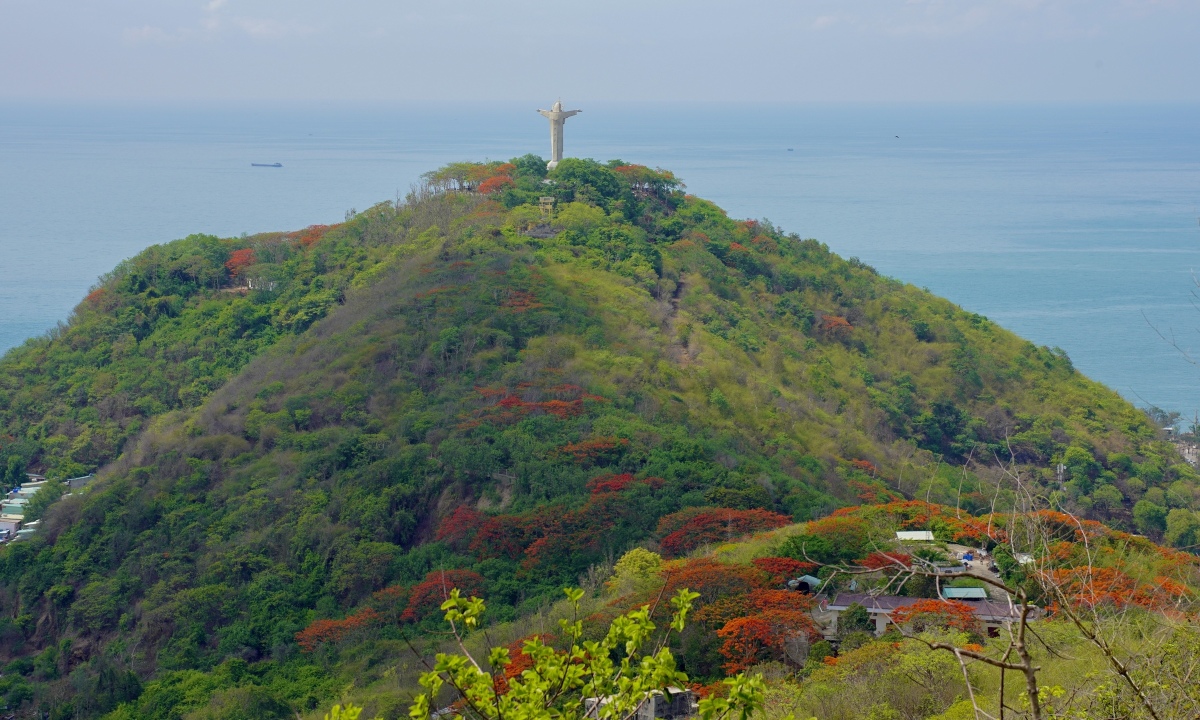
.png)



